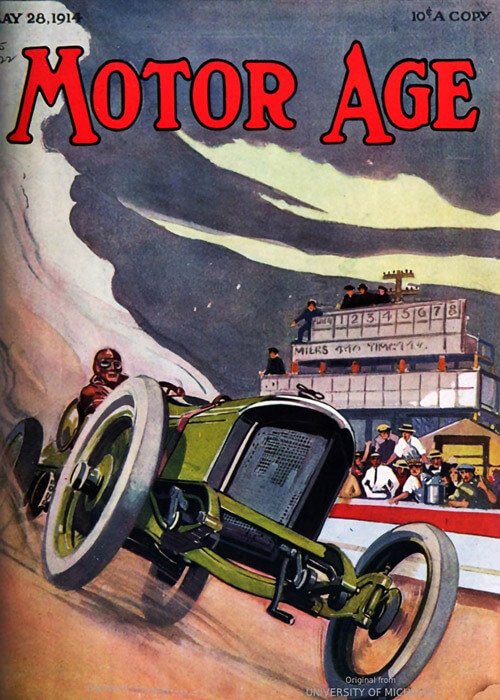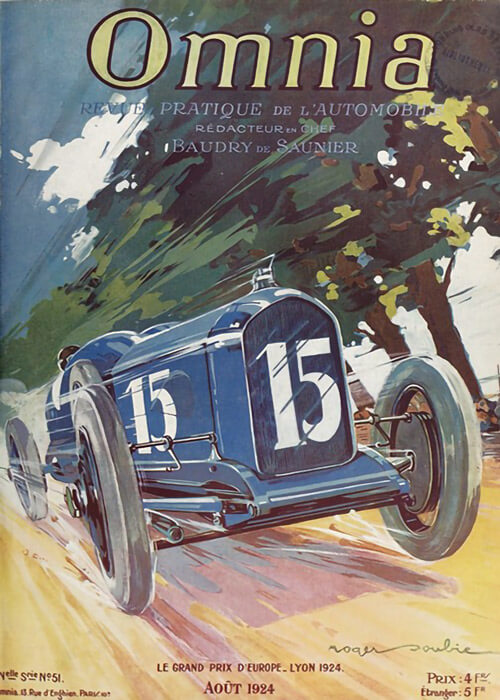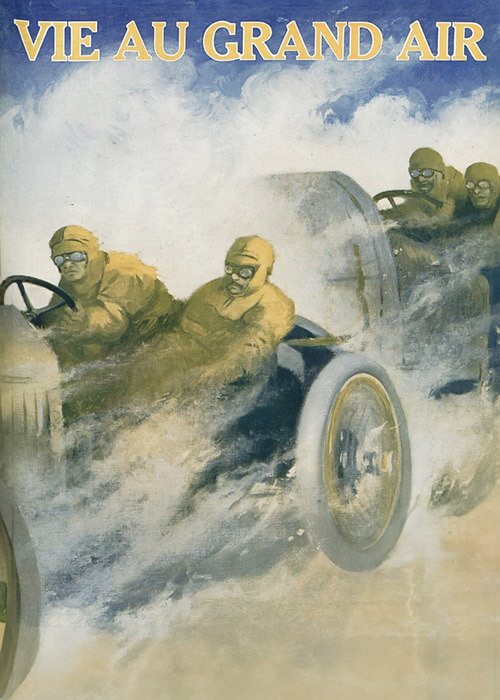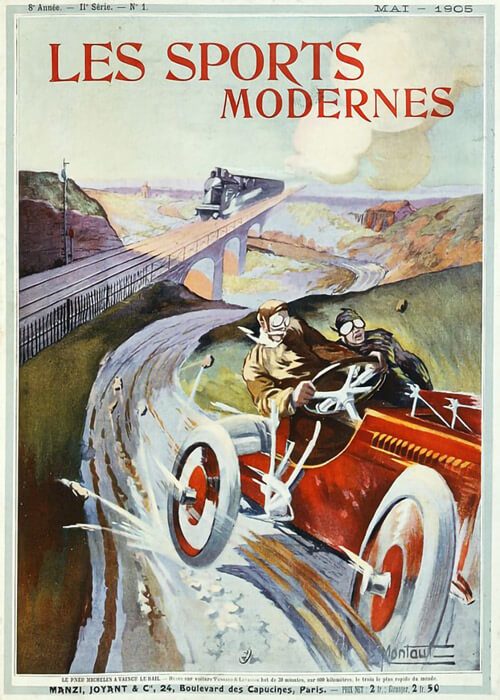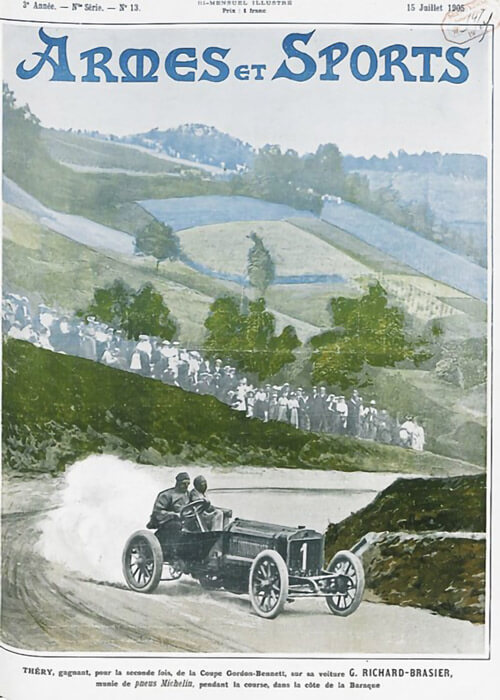The 1922 Indianapolis 500: The amalgamation of two names of the 20’s in one car combined doing the job.
Jimmy Murphy was at the zenith of his career. After winning the French Garn Prix the year before his reputation was secure while in his own country, he was also still a top contender. After winning in France, he had bought his car from the Duesenberg brothers who happily sold off the car, assuming he would continue running it without them having much to do for it to have one Duesy still being raced. But they were in for a nasty surprise.
Engine builder Harry Miller had introduced his own 3-liter Straight-Eight in 1921. Initially the engine had not been very competitive but all of that changed when Miller finally got hold of the camshaft profiles used on the Duesenberg engines. The much-improved engine convinced Murphy to replace the Duesenberg engine in his car for a Miller and then enter this hybrid.
Number wise it became yet another battle between Frontenac and Duesenberg, entering the largest number of cars. Miller was represented with only two cars and two engines used in other brand of chassis. Ballot was back again for another attempt to win at Indy with two cars and there were a singleton Peugeot and Bentley to represent Europe as well. Frontenac was also represented in a peculiar manner: Two cars made use of Ford engines fitted with cylinder heads made by Frontenac.
Murphy was the only driver who qualified with an average of over 100 mph and he won the Pole. The starting field contained 27 starters.
The lone Peugeot, driven by 1919 winner Howard Wilcox was the first retirement after only 7 laps. It marked a sad ending of the Peugeot history at Indianapolis: it turned out to be the last ever year for the company which had left such a lasting impact in the US racing scene since their first appearance 9 years earlier.
Ralph de Palma had joined an American constructor this year, he drove one of the Duesenberg’s. But despite `coming home` so to speak: this year became one of the few years within his career up till that moment that he did not add onto his number of laps in the lead during the race. At least he ended up a creditable 4th at the finish, though right behind the first Ballot, the brand he had driven in recent years at the Speedway. De Palma was both second and third of the Duesenberg equipped drivers. He was the second driver using a Duesenberg engine at the finish, but the third driver using a Duesenberg chassis.
Because: Jimmy Murphy’s idea that a hybrid of Duesenberg chassis powered by a Miller engine was a good one. He led no less than 153 laps including that all important last one. Murphy also went into Indy history as the first ever winner who had started the race from the pole position and had been the first fastest qualifier ever who won the race.
Duesenberg at least had a bit of consolation to comfort themselves with. Apart from the winning car at least being a Duesenberg chassis, there were no less than 7 Duesy-Duesy cars classified in the top 10! While Frontenac’s `flotilla` had only the 9th place as the best result to cherish. Their share within Indy history was about to disappear.
The first complete Duesenberg at the finish was driven by a man who had been the riding mechanic for driver Eddie Hearne in the previous year and now made his debut as driver. And in this debut as a driver Harry Hartz beat his `chauffeur` of the previous years in a straight fight between them! It would not be the only time we would see Hartz finish up high at the finish.
All things considered, 1922 was quite a remarkable year in Indy history. YKW, November 2025.
Indianapolis 500 - 1922
The Horseless Age
MoToR
Motor Age
- Indianapolis Preparing to Hurl Defy - under construction
The Motor World
The Motor Way
The Automobile
Automobile Topics
The Automobile Journal
La Science et Vie
- La Construction des Pistes Speciale - under construction
